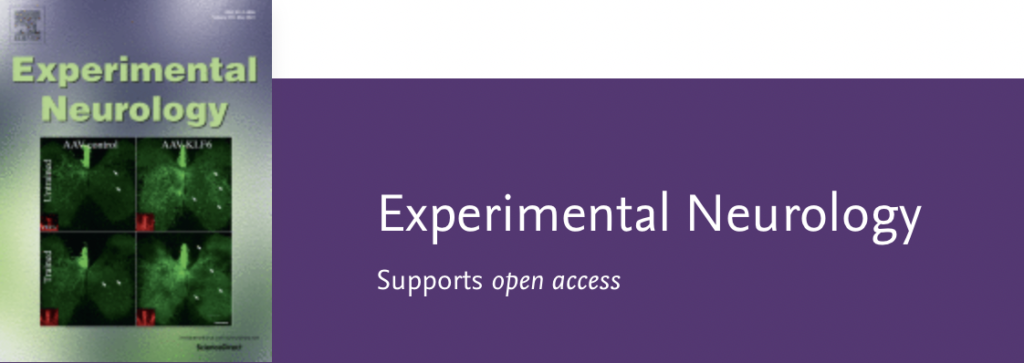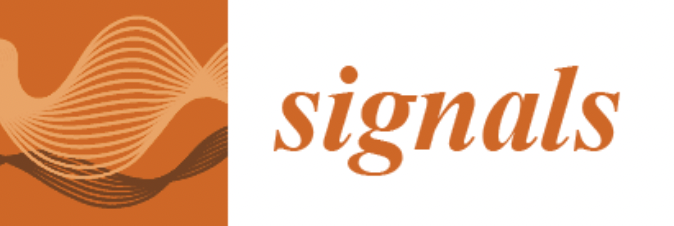New publication out in Biological Psychiatry CNNI!
Our new publication on “Characterizing thalamocortical (dys)connectivity following d-amphetamine, LSD, and MDMA administration” (Avram et al., 2022) in Biological Psychiatry CNNI shows that prototypical psychostimulants, empathogens, and psychedelics evoke thalamocortical-hyperconnectivity with sensorimotor areas, similar to findings in patients with psychosis, but differentially influence thalamocortical-connectivity with prefrontal-limbic cortices. Check out the publication here: Avram, M., Müller, […]
New publication out in Biological Psychiatry CNNI! Read More »




